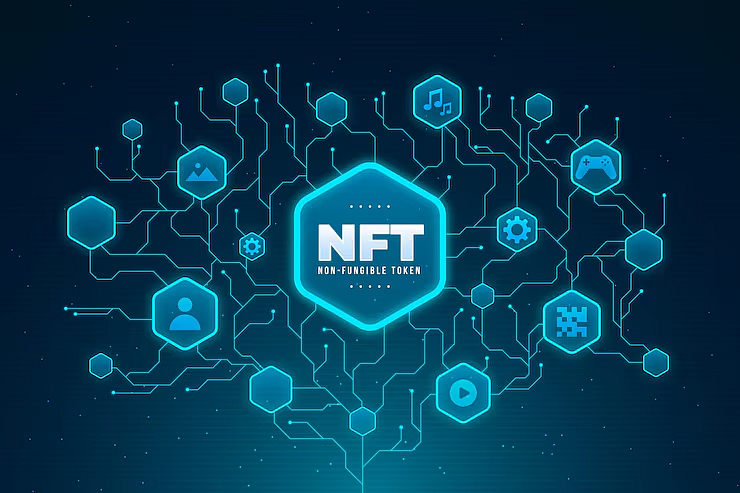Now Reading: Regulation in 2025: How India’s New Crypto Rules Are Changing the Game for Fresh Entrants
-
01
Regulation in 2025: How India’s New Crypto Rules Are Changing the Game for Fresh Entrants
Regulation in 2025: How India’s New Crypto Rules Are Changing the Game for Fresh Entrants

India’s crypto industry in 2025 looks very different from what it was a few years ago. Tighter rules, tax clarity, and growing government oversight have reshaped how new crypto projects enter the market. While the aim is to bring transparency and safety, the evolving regulations have also raised challenges for start-ups and investors, especially in Tier-2 cities where crypto adoption is still developing but curiosity remains high.
One of the biggest changes is the increased focus on compliance. Every new project now faces stricter checks related to KYC, tax reporting, and money laundering risks. Unlike earlier times when anyone could launch a token overnight, developers today must ensure that their systems align with national financial standards. This shift has slowed down casual launches but created a more accountable environment for legitimate businesses.
The 30 percent tax on crypto income and one percent TDS on transactions remain in place, forcing investors and projects to adopt better record-keeping. Many small developers and traders who once operated informally are now registering under proper business structures to avoid penalties. This also means that projects need to be more transparent about their revenue models, tokenomics, and investor relations to attract trust.
Regulatory discussions around stablecoins and decentralized finance (DeFi) have intensified in 2025. The government is reportedly exploring new frameworks to monitor crypto-backed lending and staking platforms. For new entrants, this brings both opportunity and caution. On one hand, legal clarity could help genuine projects raise funds more easily. On the other, heavy compliance may discourage smaller teams without the resources to handle detailed reporting and legal costs.
In Tier-2 cities, the effect of these rules is particularly visible. Young entrepreneurs who were once drawn to quick token launches are now focusing on blockchain-based solutions with real-world use cases—such as supply chain management, local commerce, and digital identity. The evolving laws have indirectly pushed innovation toward utility rather than speculation, helping separate serious builders from short-term players.
At the same time, investors in smaller cities are becoming more selective. Many have learned from the scams and failures of past projects, using regulatory cues as a filter to identify credible options. While the overall number of new tokens has dropped, the quality and professionalism of upcoming projects have improved. This marks a gradual but healthy shift toward sustainability in India’s crypto space.
India’s approach to regulation is far from perfect, but it’s evolving in the right direction. The government is trying to balance innovation with investor safety—a tricky but necessary step for long-term growth. For new entrants, adapting to this environment will require patience, transparency, and compliance. Those who succeed will help shape a more trustworthy and resilient crypto ecosystem, setting the tone for how India defines its digital economy in the years ahead.

























